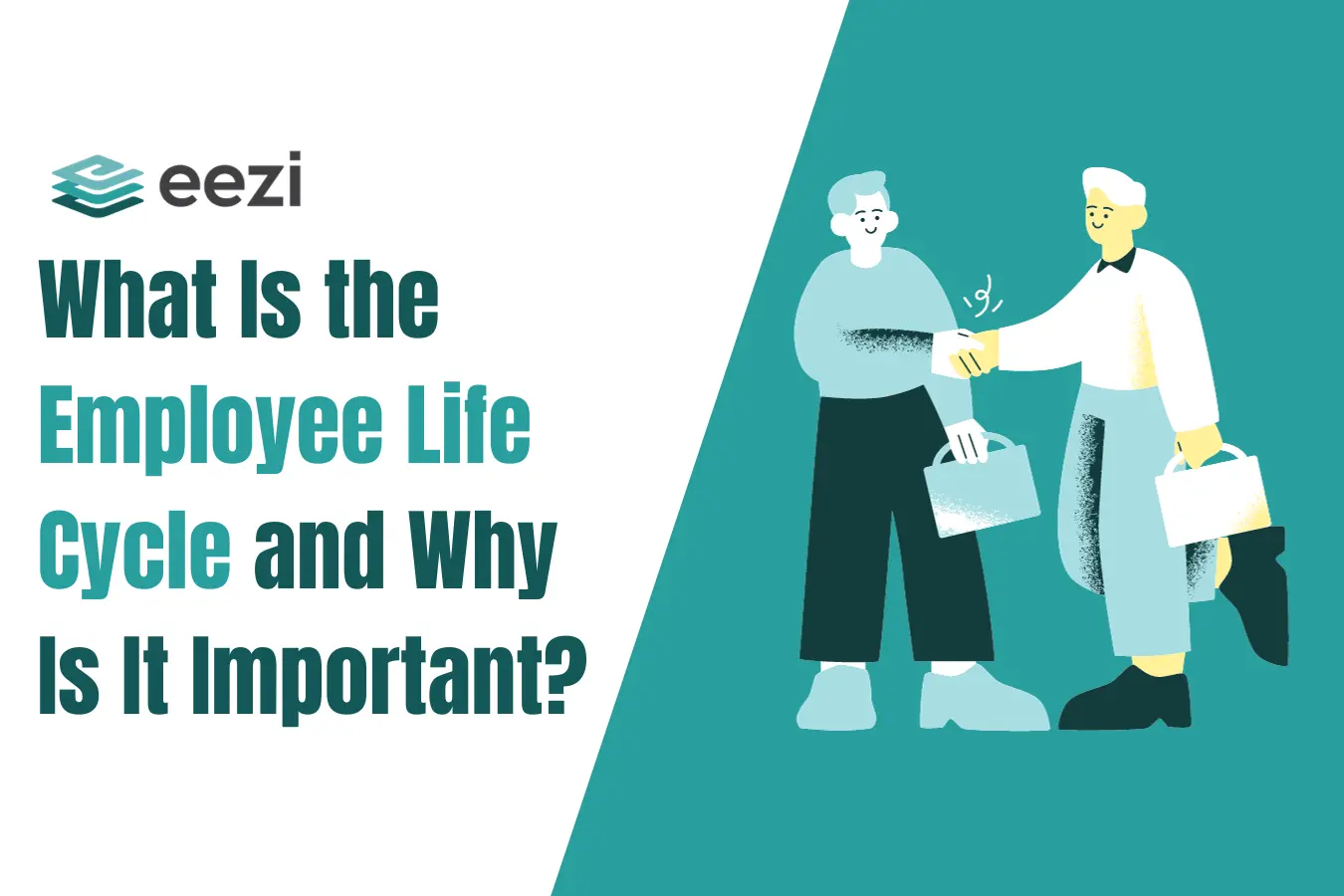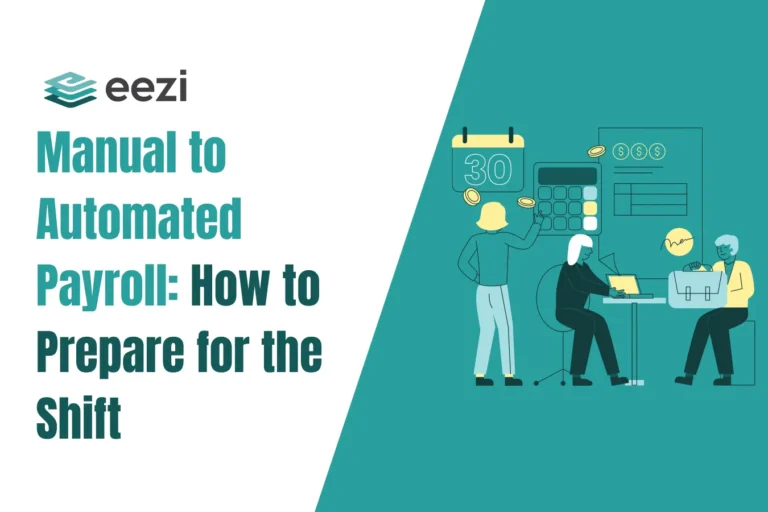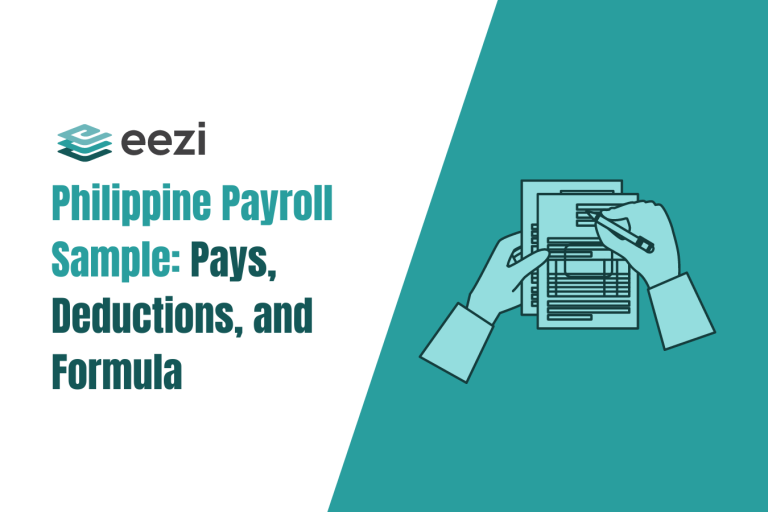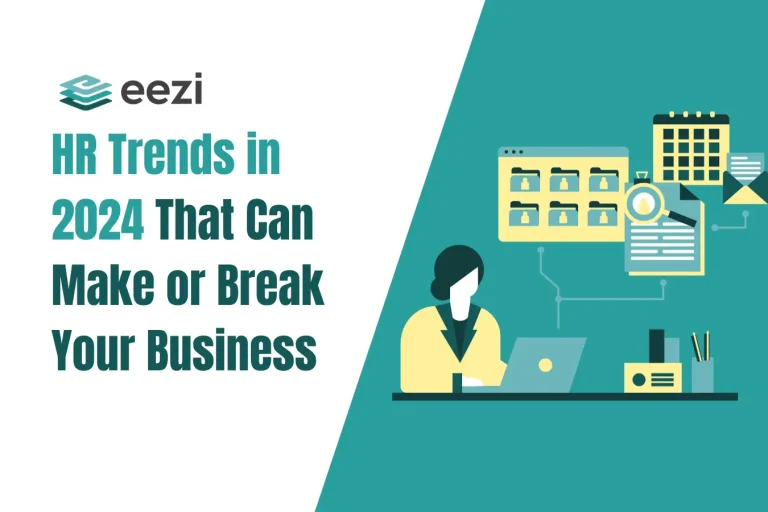What is the employee life cycle, and why is it important for business of any size?

The employee life cycle refers to the different periods and stages that an employee goes through. This includes the time you hired them in your company up until they either retire or tender their resignation.
The actual stages may vary depending on the actual job description and workplace environment. However, there are generally seven (7) notable milestones. Understanding the main points of each of these phases is very important. Such will help you determine how to improve your employee engagement and retention framework.
In this article, we will cover the seven (7) stages of the employee life cycle. Additionally, it includes what you can do to make a fairly streamlined model and how to implement it effectively.

What is the employee life cycle model?
The entire employee life cycle model represents the various important junctures and periods in a worker’s tenure in a company. The employee life cycle has various stages, namely, attraction, recruitment, onboarding process, development, retention, separation, and endorsement.
Employee life cycle stages
Regardless of their tenure, an employee journey can be divided into seven (7) major stages called the employee life cycle. It’s important to note that the employee life cycle starts before the individual has even applied for a new job with the company.
Here’s a closer look at these seven stages of the employee lifecycle.
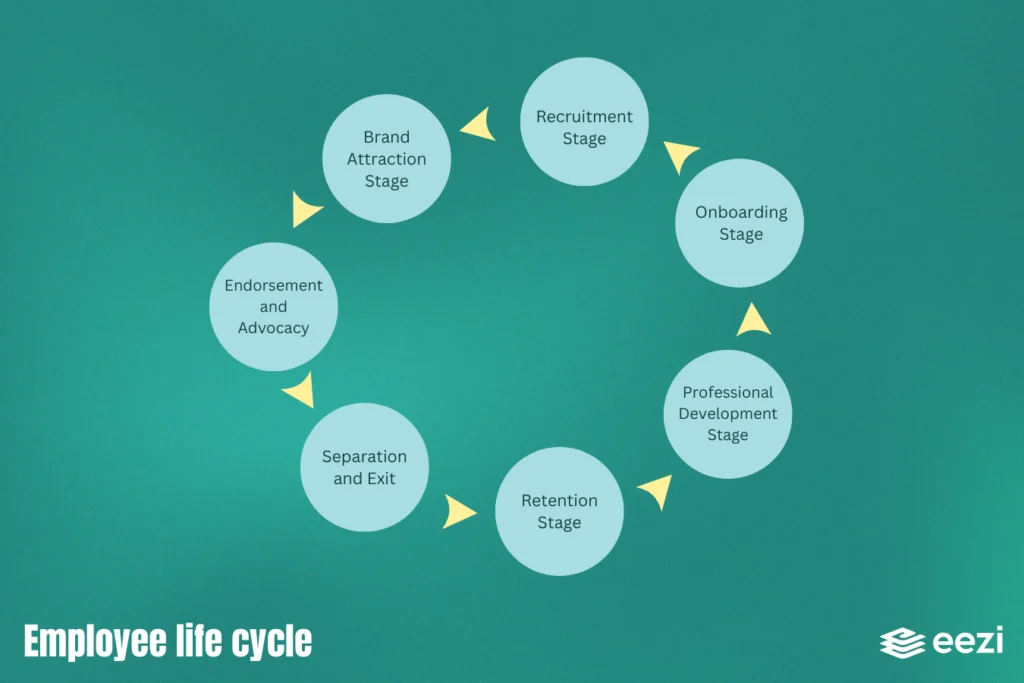
Brand attraction stage
Whether you are selling consumer products or services, your company is bound to attract a prospective employee along the way. Building a strong and stable brand is just as important as any part of the process.
This is true even if brand attraction might not be the actual reason why a potential employee decides to work for your company.
Your employer brand should be a reflection of company values, culture, visions, and goals.
Moreover, it should be easily recognizable in a positive light if you intend to attract top talent.
Here’s what to do to build a strong employer brand to attract top talent in these stages of the employee life cycle:
- Define Company Culture: Clearly communicate your company values, vision, and mission. Use your website, social media, and job postings to highlight your company’s culture.
- Showcase Employee Testimonials: Use stories and testimonials from existing employees to give new hires a genuine sense of your workplace environment.
- Engage in Employer Branding: Participate in industry events and career fairs, and use platforms to boost your company’s reputation.
Recruitment stage
Social media posts, advertisements, websites, billboards—these are some of the ways to advertise that you are hiring. Coupled with employer brand recognition and a good reputation, this will bring your company multiple applicants waiting.
So, your brand has attracted a fair number of potential new hires. Now what? This is where the recruitment stage comes in.
When creating a recruitment flow, streamline it so that it improves the experience of applicants.
Length and actual stages of the hiring process
Does it last for several days? Can the process be completed on the same day? These are major points that you need to consider, as they will impact the experience of potential hires who are applying.
If your recruitment process is convoluted and tedious, half of the applicants might decide to drop halfway and go elsewhere. After all, they are applying for a job, and most of them need it ASAP.
Communication
Does your hiring manager keep in touch with the applicants and provide them with meaningful updates about their applications? Are your hiring personnel easy to talk with and personable? These factors will leave lasting impressions on potential employees.
Imagine applying for a job and facing a bad experience during the hiring process. Would you still want to work for that company? Or would you go elsewhere instead?
To make the recruitment stage easier and provide a positive candidate experience, here’s what to do:
- Simplify Application Process: Ensure the application process is user-friendly and not overly lengthy.
- Clear Communication: Keep candidates informed at every stage of the hiring process. Provide timely feedback and updates.
- Interview Training: Train hiring managers or HR professionals to conduct effective and fair interviews, focusing on both skills and cultural fit.
Onboarding stage
Onboarding stage is where the new employee is introduced to the company processes and workflows. During this time, employees get exposed to company culture and meet existing employees. Moreover, this is when they become familiar with their roles and the nature of their positions in your company.
That said, the onboarding process should have priority. More importantly, this stage tests the initial impression that the applicant has of your company during the hiring process.
To sum, it is important to have a positive environment and company culture that makes your employees feel comfortable.
So, here’s what you need to do to integrate new hires smoothly into the company and make the onboarding stage successful:
- Structured Onboarding Program: Develop a comprehensive onboarding plan that includes company orientation, role-specific training, and introductions to team members.
- Mentorship: Assign a mentor or buddy to help new hires acclimate to the company culture and their new role.
- Feedback Mechanism: Collect employee feedback from new hires about their onboarding experience to make continuous improvements.
eezi HR Guide
Make recruitment and onboarding a breeze.
Professional development stage
Every existing or new employee needs assurance of security and stability as they continue to work for your company. Employee development and career development go hand in hand as your existing employees continue to bolster the ranks of your organization.
Professional development allows employees to transition from new hires to top talent and become the most valuable asset of your company.
At this stage, promotions, role, and position changes, regular employee recognition, and employee performance evaluations are essential.
Developing employees also means having productive employees. Encourage external learning and offer seminars and workshops for career advancement.
If your company ensures that all your employees grow with you, you will, in return, earn their trust and loyalty. This particular stage of the employee’s experience is crucial, as it could greatly affect employee turnover and employee retention rate.
To foster continuous employee growth and development, here is what you need to consider:
- Training and Development Programs: Offer regular training programs, workshops, and access to online courses.
- Career Pathing: Provide clear career progression paths and opportunities for internal promotions.
- Regular Performance Reviews: Conduct performance appraisals that include honest feedback and goal setting.
Read more: What is Employee Turnover?
Retention stage
During this stage in the employee life cycle strategy, employee experience is a deciding factor. Employees leave a company that doesn’t augment their growth and development or a company that generally has a negative work environment.
One way to ensure retention is to boost employee happiness. How?
- Employee Recognition: Implement programs to recognize and reward employees for their contributions.
- Work-Life Balance: Promote a healthy work-life balance with flexible work options and wellness programs.
- Regular Check-ins: Hold regular one-on-one meetings between employees and managers to discuss progress, challenges, and career aspirations.
By letting your employees know that you care for their career development and how they add value to your business, you are mostly assured that they will choose to stay rather than go somewhere else and start from square one.
Remember, security and stability are major factors that help employees decide whether to stay with your company or look for greener pastures.
Separation and exit
An employee leaves a job for various reasons. Whether it is due to personal reasons or negative employee experience, at some point, a team member will approach your HR department and give two weeks’ notice.
So, why does an employee decide to tender a resignation?
Roll out employee surveys, open and honest feedback, and conduct an exit interview as part of your final stage in the employee life cycle. This can help you assess why employees choose to leave.
You can integrate questionnaires into your HR processes for handling departing employees. Train your HR team to ensure that employee exit is always handled in a professional manner.
eezi HR Guide
See how you can keep employee engagement and productivity high.
Endorsement and advocacy
After a former employee leaves your company, consider doing follow-ups, such as requesting feedback about his employee experience while working for you.
Will former employees say something positive about their stay in your organization? Will they recommend your company to relatives, friends, and even strangers?
Unhappy employees can greatly impact your company’s brand and image even after they have left. This can inversely affect your company’s ability to attract new hires, your overall hiring acceptance rate, and the expansion of your employee pool.
These are some of the things you can consider integrating into your company’s employee life cycle model.

Employee life cycle management
Start by mapping out your employee life cycle strategy. For starters, how did a potential work candidate learn about your company? Once hired, how long did they stay in your organization? What were their reasons for leaving?
Use surveys and questionnaires during the separation and exit process to gain insight on what the departing employee thinks about your company, his workplace experience, and his overall performance while employed.
This can help you pinpoint potential issues that you didn’t recognize before and work on ways to improve employee engagements and experience in the future.
Having a streamlined employee life cycle model is very important for varied reasons. The most notable factor is that it allows you to evaluate, improve, and foster a positive employee experience in every phase of the framework.
In short, the better the experience of your employee, the more likely he is to stay and continue working for your company or organization.
The importance of employee engagement and employee feedback
Giving feedback regarding employees’ performance is important, as it makes your employees feel that they are indeed part of the company’s general makeup.
This helps them become more engaged, so they will willingly contribute to the improvement and betterment of your business. Employees feedback and assessments help them recognize their value in your organization and give them a sense of belonging, security, stability, and confidence that they are doing the right thing.
Recognizing your employees’ efforts and giving them honest feedback improves employee retention rates and shows your employees that you care about how they do their jobs and that you are concerned for their career well-being and development.
Giving feedback allows your employees to determine their strengths and weaknesses; therefore, it allows them to set goals for themselves based on company policies and procedures and learn how to improve themselves in the long run.
Improve your employee life cycle processes with eezi solutions
eezi lets you keep track of your employees’ activities so you don’t miss out on relevant factors that can help you evaluate their performances. With relevant information at your disposal, creating an effective retention employee engagement plan will be eezi!
